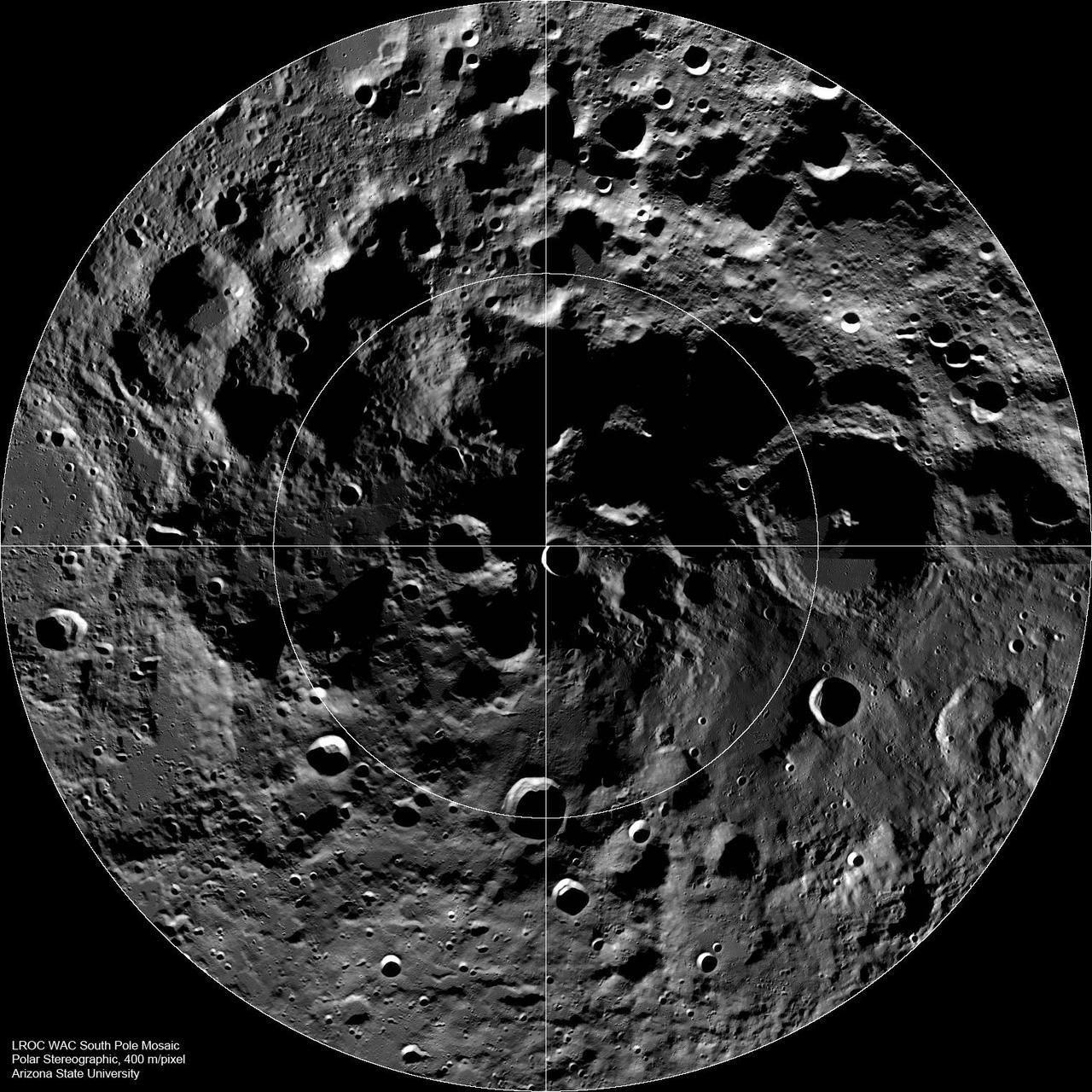
Credit: NASA/GSFC/Arizona State University
The traps likely contain solid carbon dioxide that could be used to sustain robot or human presence on the moon. After decades of uncertainty, researchers have confirmed the existence of lunar carbon dioxide cold traps that could potentially contain solid carbon dioxide. The discovery will likely have a major influence in shaping future lunar missions and could impact the feasibility of a sustained robot or human presence on the moon.
In the permanently shadowed regions at the poles o...
Read More







Recent Comments